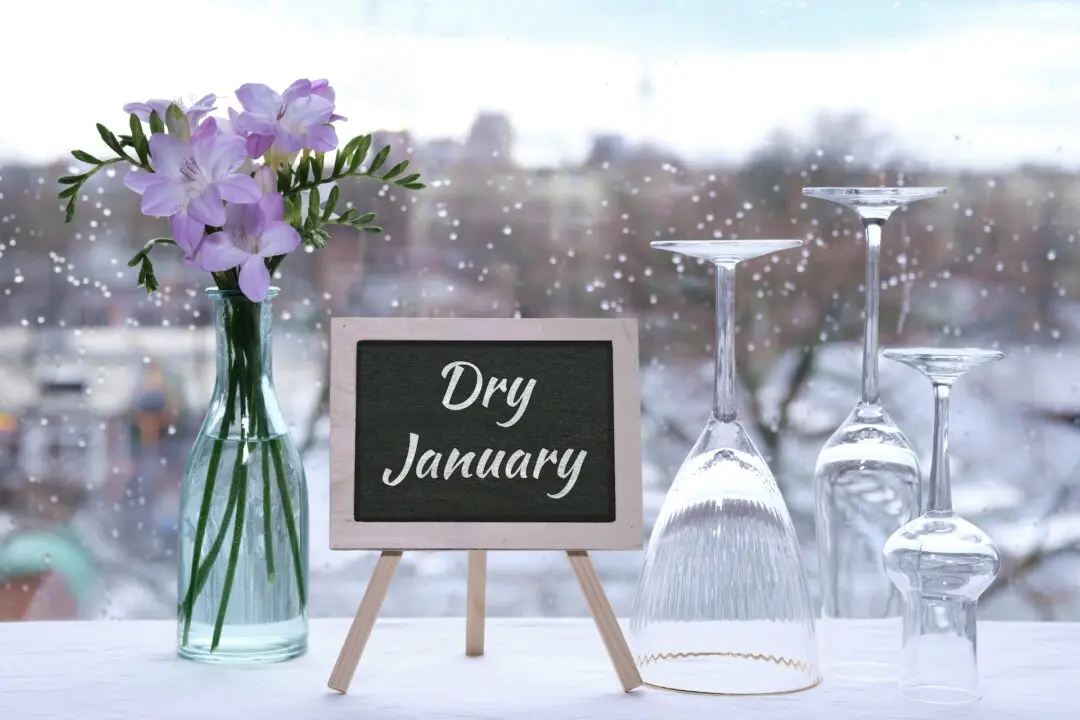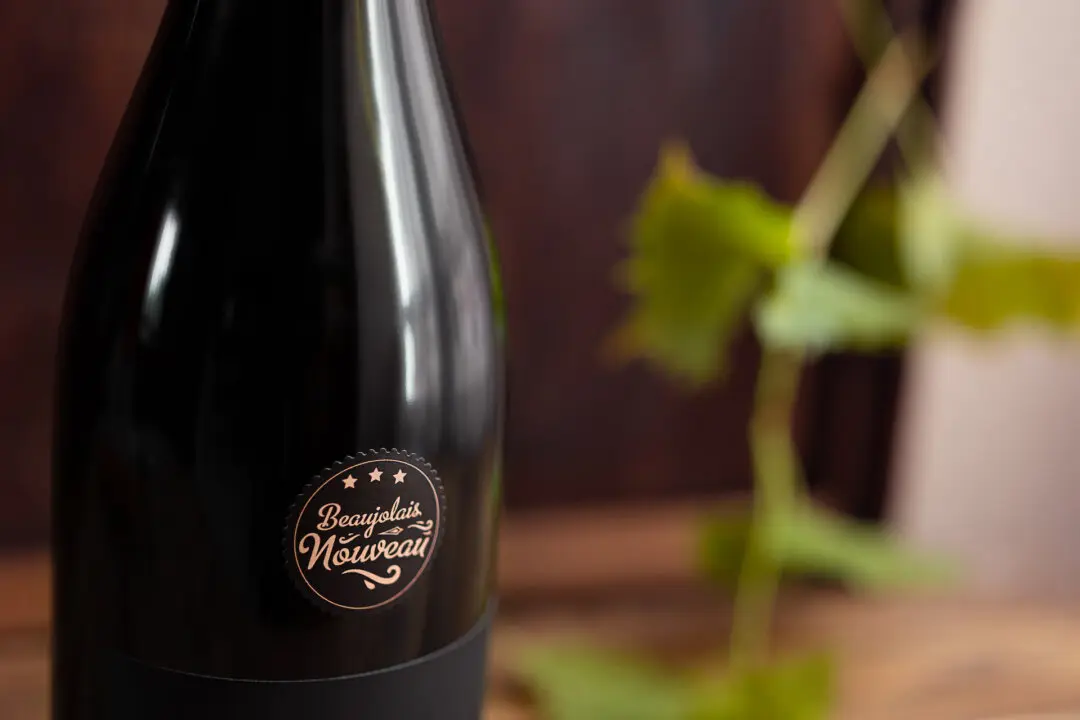If you’re a wine lover and you’ve lived all your life in New Jersey or Virginia, chances are you like Chianti. You know the good ones from the mediocre and don’t mind splurging every now and then for a Brunello di Montalcino.
If you’re a lifelong Californian wine lover, chances are you prefer richer, softer reds and don’t like Chianti very much—and you think Brunello di Montalcino is a Verdi opera tenor.





